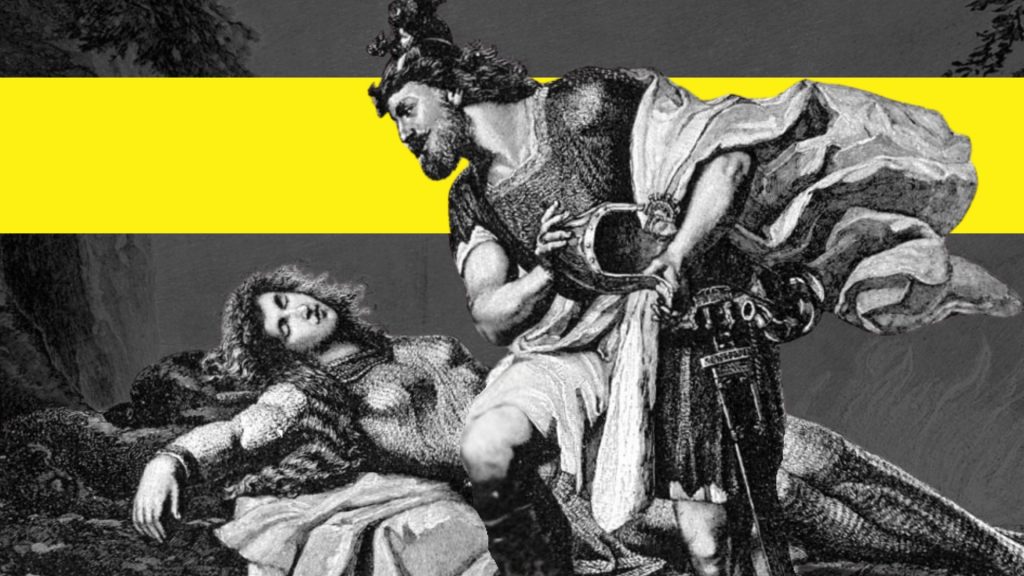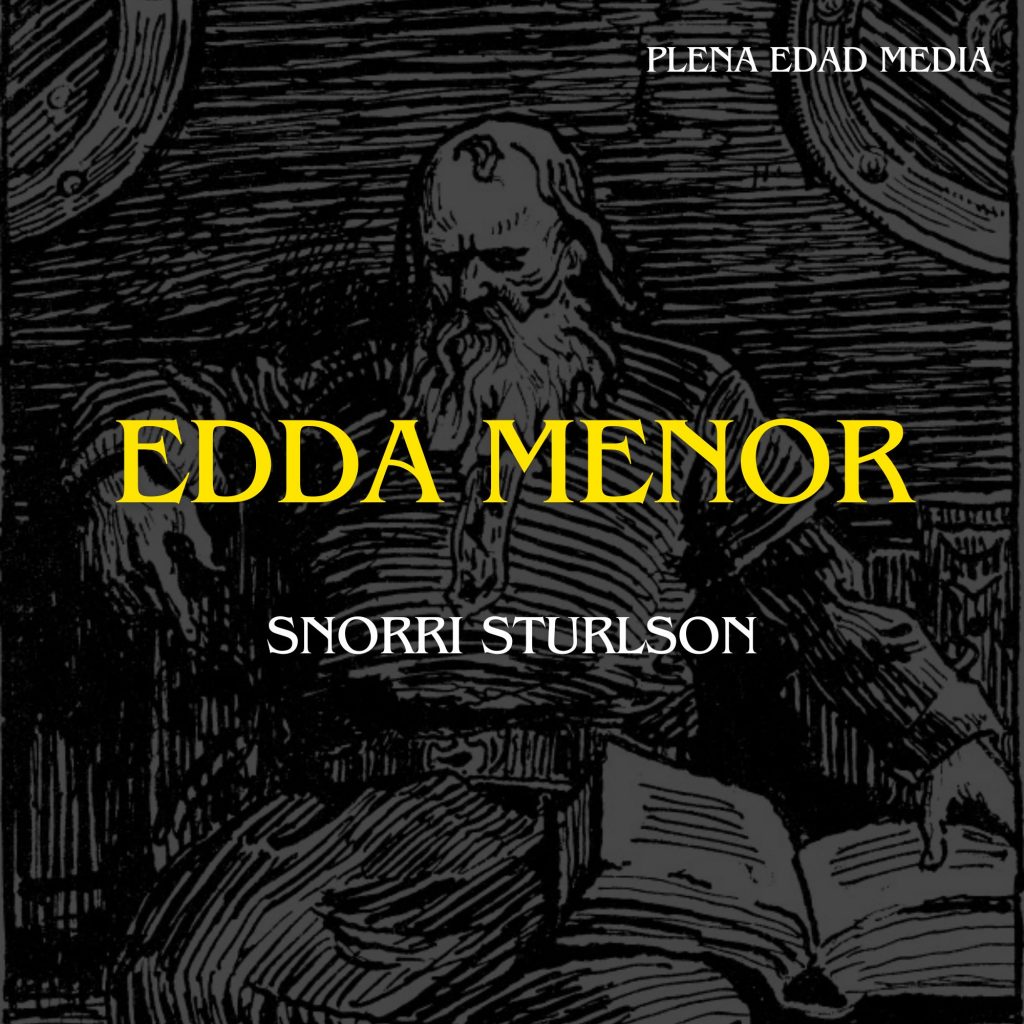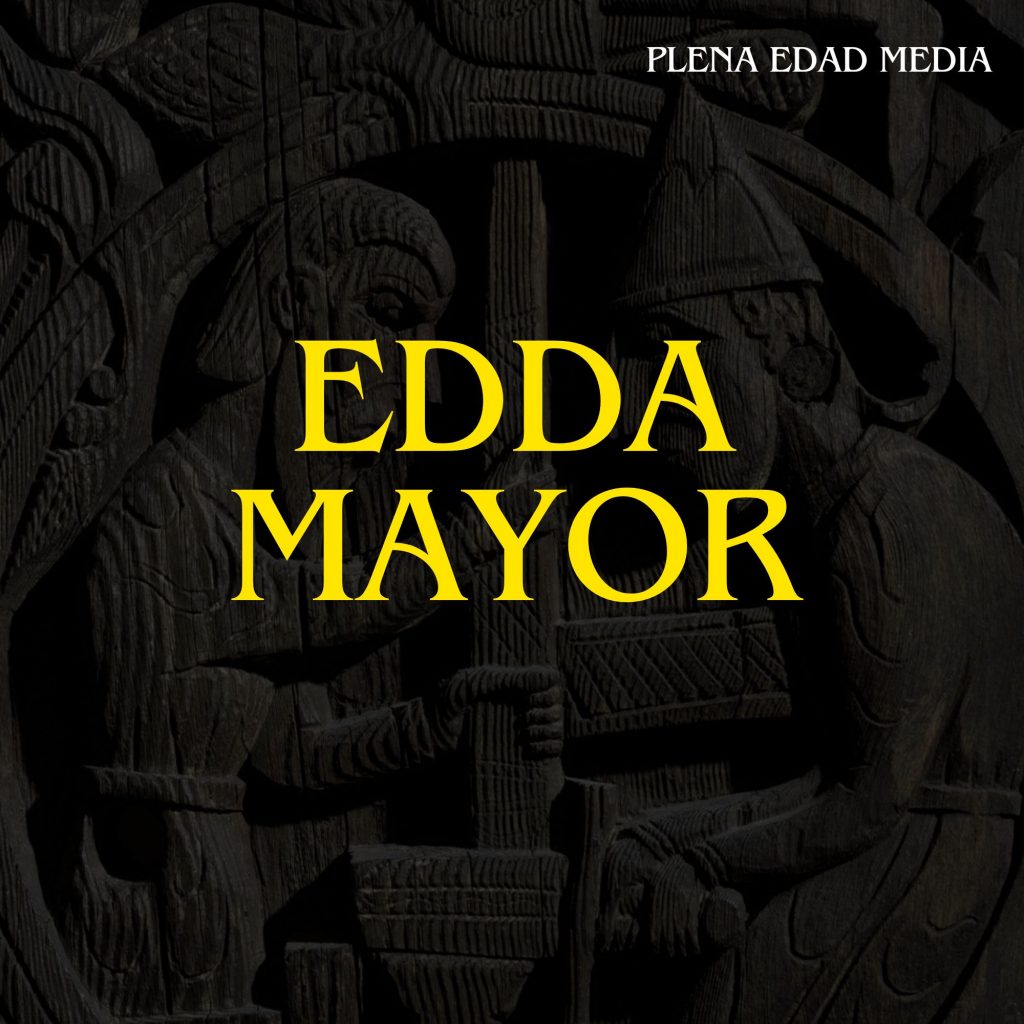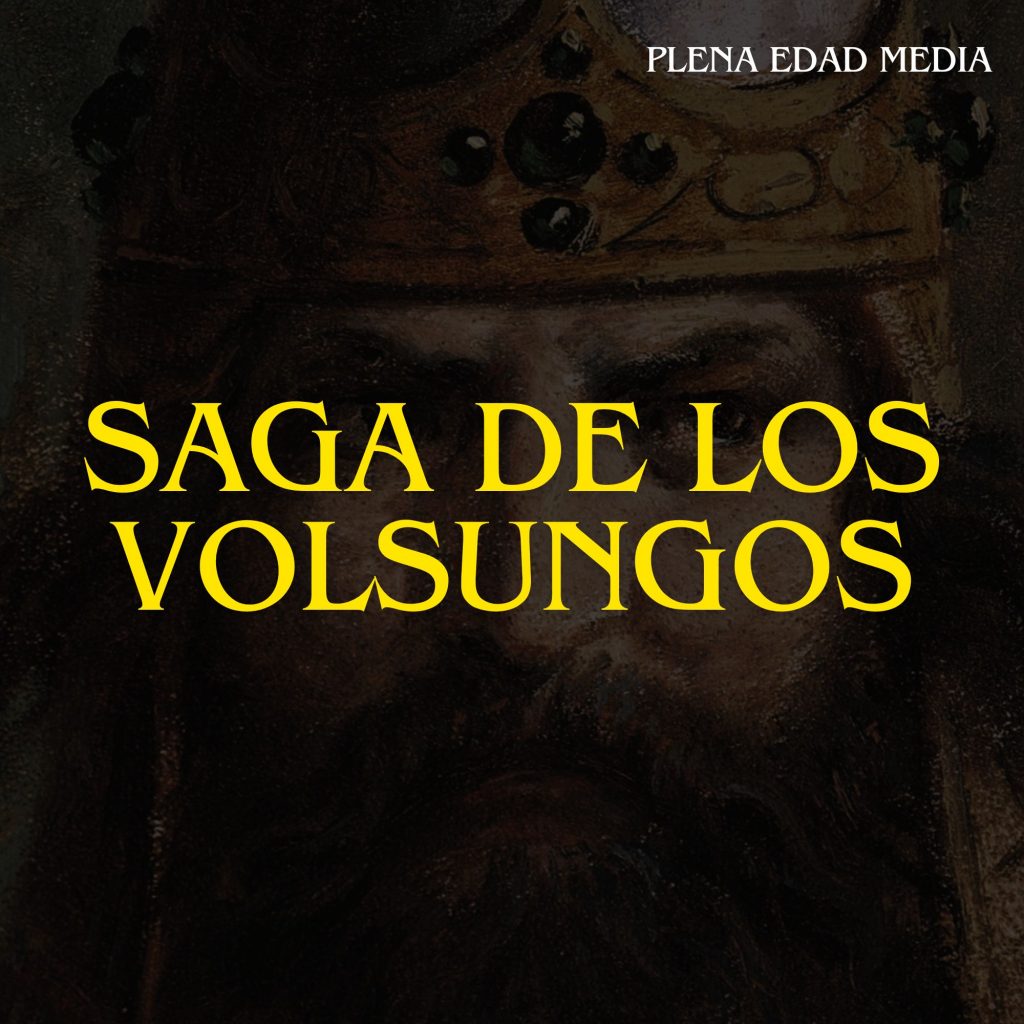CONFERENCIA
El símbolo en el Cantar de los Nibelungos

El mito y las tinieblas: Semiótica en El Cantar de los Nibelungos
Conferencia impartida por Daniel Casado Berrocal en el marco del Congreso Tartalo 2025 celebrado en Vitoria Gasteiz el 4 de noviembre de 2025.
Resumen de la ponencia
El Cantar de los Nibelungos es una de las epopeyas más significativas de la literatura medieval germánica, cuya influencia ha trascendido el ámbito estrictamente filológico para convertirse en un referente clave de la mitología, la literatura y el pensamiento simbólico europeo. Este estudio se centra en el análisis de los símbolos presentes en la obra, desentrañando su significado a través de diversas aproximaciones teóricas, entre ellas la semiótica, la mitocrítica y la hermenéutica literaria. En primer lugar, se aborda el contexto histórico y cultural del Cantar de los Nibelungos, situándolo en el marco de la Plena Edad Media y estableciendo su vinculación con tradiciones previas, desde las sagas nórdicas hasta la reelaboración romántica llevada a cabo en el siglo XIX. A partir de ahí, se examina la construcción simbólica de los elementos centrales de la obra, desde la dicotomía luz-oscuridad hasta el papel del oro, el poder y la transgresión en la narrativa nibelunga. Un eje fundamental del análisis es el estudio de los símbolos teriomorfos, nictomorfos y astrales presentes en el Cantar de los Nibelungos, que reflejan la cosmovisión medieval y su articulación entre mito e historia. Así mismo, se examina el papel de la figura femenina en la obra, con especial atención a personajes como Krimilda y Brunilda, cuyas acciones y destinos quedan inscritos en un complejo entramado de significados simbólicos que oscilan entre el poder, la venganza y la fatalidad. Finalmente, este trabajo establece una conexión entre el imaginario simbólico del Cantar y sus reinterpretaciones modernas, desde Wagner hasta Tolkien, analizando cómo la literatura y las artes han reutilizado sus mitos y estructuras narrativas. De este modo, se busca no solo realizar una lectura exhaustiva de los símbolos en la obra, sino también demostrar su vigencia y capacidad de adaptación a nuevas corrientes culturales y literarias.
Palabras clave: Símbolo; epopeya medieval; mitocrítica; nibelungos; oro.
Abstract
The Nibelungenlied is one of the most significant epics of medieval Germanic literature, whose influence has transcended the strictly philological field to become a key reference in mythology, literature and European symbolic thought. This study focuses on the analysis of the symbols present in the work, unraveling their meaning through various theoretical approaches, including semiotics, mythocriticism and literary hermeneutics.First, the historical and cultural context of the Nibelungenlied is addressed, placing it in the framework of the Middle Ages and establishing its link with previous traditions, from the Norse sagas to the romantic reworking carried out in the nineteenth century. From there, we examine the symbolic construction of the central elements of the work, from the light-darkness dichotomy to the role of gold, power and transgression in the Nibelungenlied narrative. A fundamental axis of the analysis is the study of the theriomorphic, nictomorphic and astral symbols present in the Nibelungenlied, which reflect the medieval worldview and its articulation between myth and history. It also examines the role of the female figure in the work, with special attention to characters such as Kriemhild and Brunhild, whose actions and destinies are inscribed in a complex web of symbolic meanings that oscillate between power, revenge and fatality. Finally, this paper establishes a connection between the symbolic imaginary of the Ninelungenlied and its modern reinterpretations, from Wagner to Tolkien, analyzing how literature and the arts have reused its myths and narrative structures. In this way, it seeks not only to make an exhaustive reading of the symbols in the work, but also to demonstrate its validity and capacity to adapt to new cultural and literary currents.
Keywords: Symbol; Medieval Epic; Mitocrítica; Nibelungenlied; gold.




